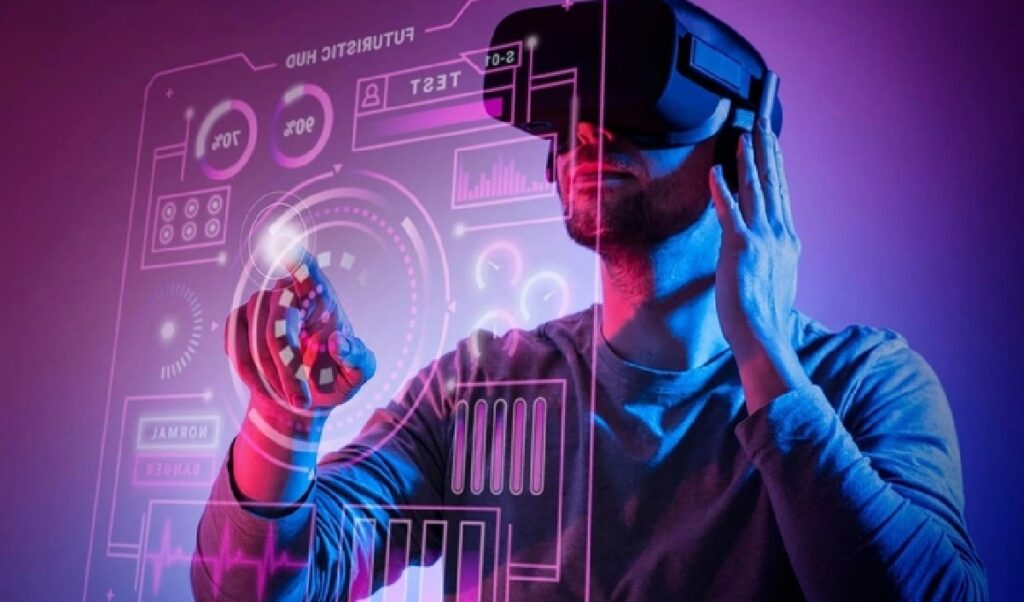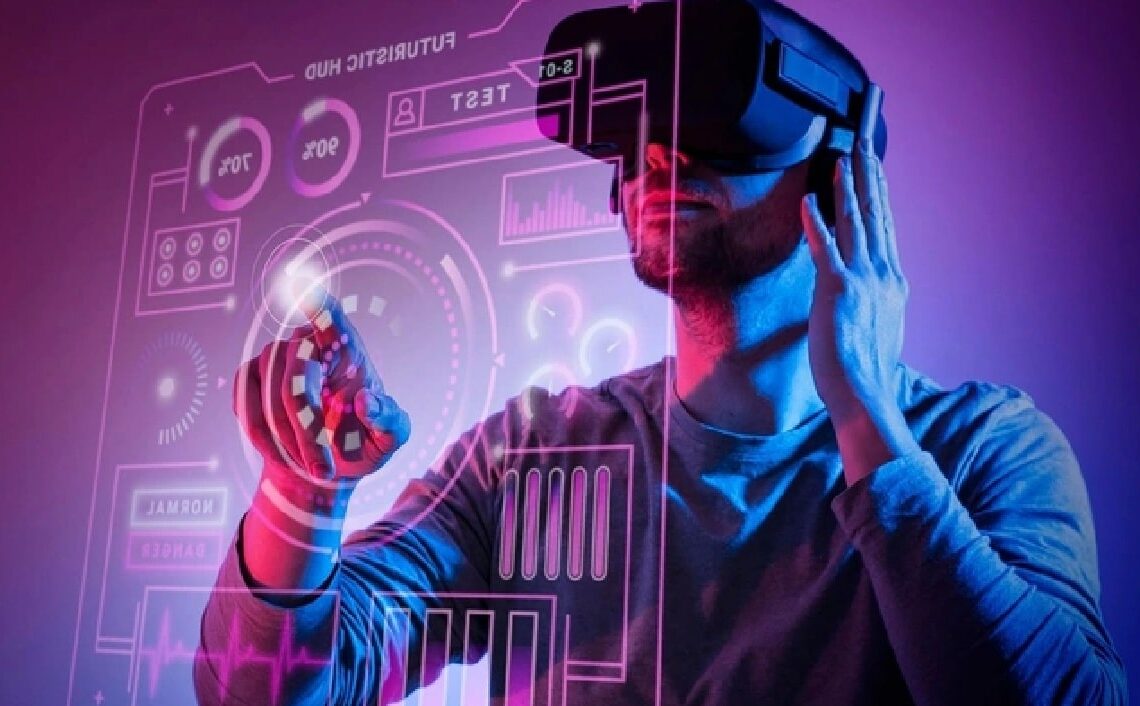
In the ever-evolving landscape of marketing, Virtual Reality (VR) is emerging as a transformative tool, allowing brands to create immersive and unforgettable customer experiences. As we step into the future, let’s explore how VR is reshaping customer journeys and why it’s a game-changer for forward-thinking marketers.
Understanding Virtual Reality in Marketing
**1. What is VR?
Virtual Reality is a technology that uses computer-generated simulations to create lifelike, three-dimensional experiences. It immerses users in a digital environment, often accessed through VR headsets.
2. The Power of Immersion:
VR goes beyond traditional marketing methods by providing users with a sense of presence in a virtual world. This immersion opens new avenues for storytelling and engagement.
Key Insights into VR’s Impact on Customer Journeys
1. Enhanced Product Experiences:
VR allows customers to virtually interact with products before making a purchase. For example, the automotive industry can offer virtual test drives, providing a realistic feel of the driving experience.
2. Virtual Tours and Exploration:
Real estate, travel, and hospitality industries can offer virtual tours, allowing customers to explore properties, resorts, or destinations from the comfort of their homes.
3. Interactive Brand Storytelling:
VR enables brands to tell their stories in a more interactive and engaging manner. Customers become active participants, forging a stronger emotional connection with the brand narrative.
Applications of VR in Marketing
1. Virtual Events and Conferences:
In a world where physical gatherings may not always be feasible, VR opens the door to virtual events, conferences, and product launches, offering an immersive experience to participants.
2. VR for Training and Education:
Industries ranging from healthcare to retail can use VR for employee training and customer education. Simulations provide a risk-free environment for learning and skill development.
3. Gamified Marketing Campaigns:
Brands are incorporating gamification elements into VR experiences to make marketing campaigns more engaging. From virtual treasure hunts to interactive challenges, the possibilities are vast.
Overcoming Challenges and Embracing Opportunities
1. Addressing Accessibility:
While VR has become more accessible, challenges such as the cost of VR equipment still exist. Brands should consider alternative approaches, like web-based VR experiences that don’t require specialized hardware.
2. Crafting Meaningful Experiences:
The success of VR in marketing hinges on creating experiences that align with the brand and provide genuine value to the customer. It’s not just about the technology; it’s about meaningful engagement.
Looking Forward: The Future of VR in Marketing
As VR technology continues to advance, the possibilities for crafting unforgettable customer journeys are limitless. From personalized shopping experiences to virtual brand worlds, VR is a tool that can redefine how brands connect with their audience.
Conclusion: Stepping Beyond Boundaries with VR
As marketers, it’s time to step beyond traditional boundaries and embrace the immersive power of Virtual Reality. By incorporating VR into your marketing strategy, you’re not just selling products; you’re creating experiences that resonate and leave a lasting impact on your customers. The future is virtual, and the time to step into tomorrow with VR is now.
